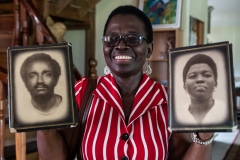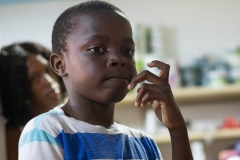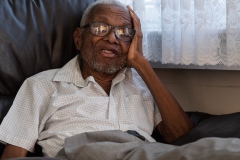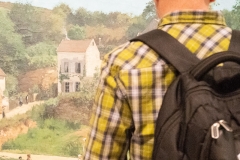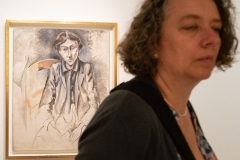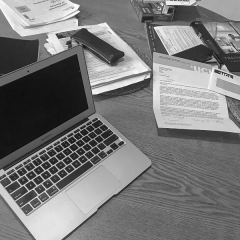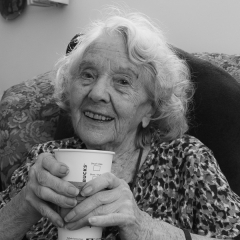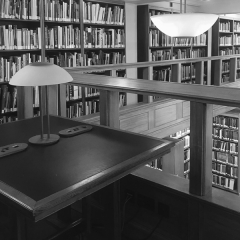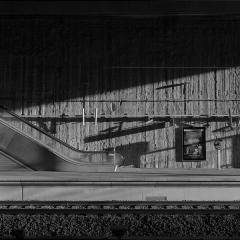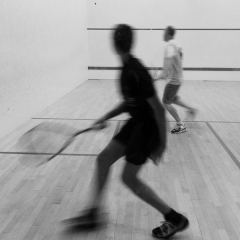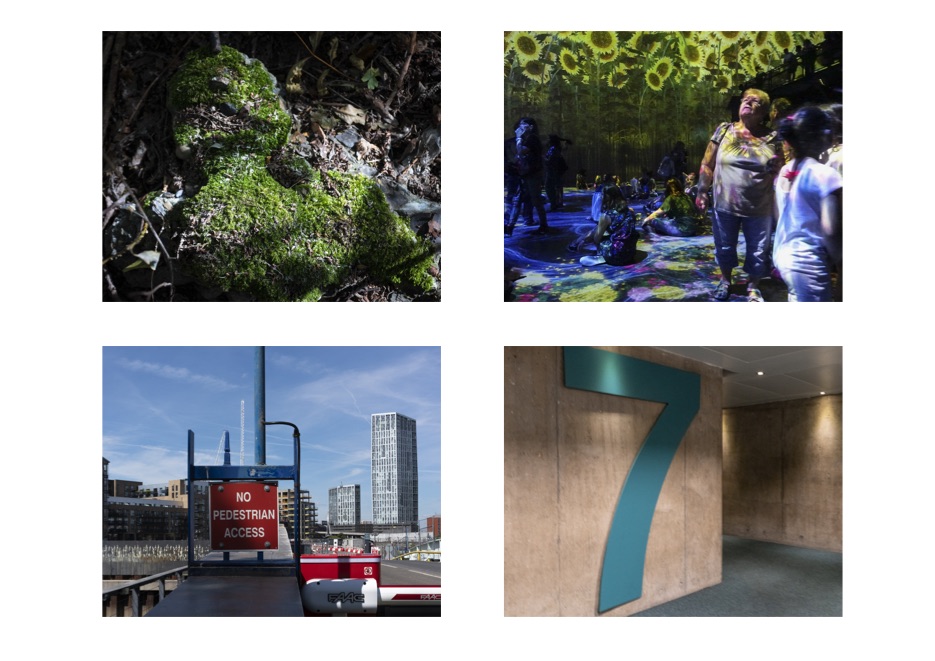The webinars with Susan Bright and Victoria Forrest provided real insight into the process of curation and publication. In terms of exhibiting, I’m now thinking more carefully about the relationship between the design of an exhibition and the space available. This is particularly important for multimodal exhibitions, which need to balance providing an collective experience and drawing individual attention and provoking reflection. The Elina Brotherus exhibition did this very successfully. Likewise, book design warrants careful consideration (and specialist assistance or advice). I’m thinking about forms of dissemination and public engagement more carefully, and in an integrated manner, in the development of my project. I’ll revisit both these presentations.
Whilst not intending to develop a business from my photographic work, thinking of the development of my project ‘as a business’ has been very helpful in clarifying who the work is for and what it is intended to achieve. As the work develops I do need to consider financial aspects (and maybe seeking funding), and also legal aspects. In the research proposal, I wrote about the use of the Creative Commons. I need to return to and clarify this in relation to the three levels of work that will be produced.
The development of my project has been mainly in terms of creation of networks, building relationships and creating contexts. This has been very productive, with work arranged with the UCL Student Union volunteering unit (working with volunteer photographers to document the work of volunteers with local community groups), a workshop for the Development Planning Unit at the Bartlett, followed by working with community groups and MSc students on planning and regeneration initiatives, and work for the Centre for Excellence in Equity and Higher Education in Australia (making a series of still photographs relating to projects to supplement short films already made, developing a critical commentary on photovoice style research drawing on projects on domestic violence and on youth offenders in rural areas, and publications on equity in higher education, space and time involving the use of visual arts based research methods and approaches). If all goes to plan, I should be able to line this up with the requirements of each module and the development of the final project. If all goes to plan …
Being out of the country has made it difficult to create images directly relating to the project. I have, though, attempted to develop my portraiture work in preparation for the project. Some preliminary images of family in Guyana below (these require some work – just a quick selection to give a sense of current photographic work). This has given rise to a possible alternative project – I’ll write about this in another post. I have also been working through Roswell Angier’s (2007) book on portrait photography, and will develop the outcomes of the projects from that when I am back in London at the end of the month.
Angier, R. (2007), Train Your Gaze: A Practical and Theoretical Introduction to Portrait Photography, Lausanne: AVA Publishing.



